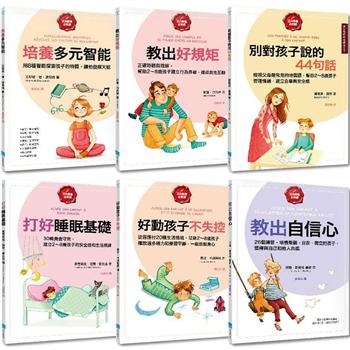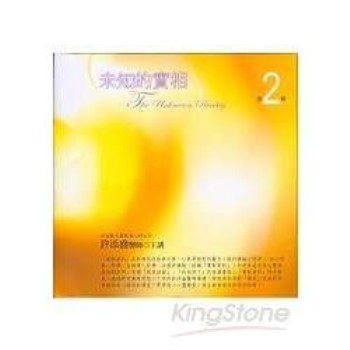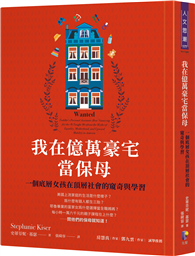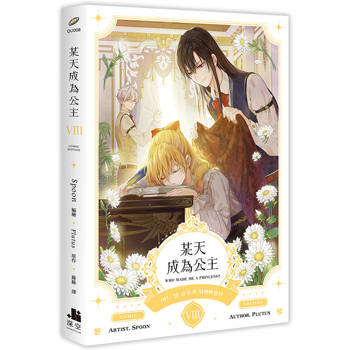Collectively, the sixteen chapters in this book investigate the power of creativity in the classroom, many through the specific lens of limited resources as an opportunity. The chapters are divided into two sections, eight chapters comprising Section I: Theory and Research and then the eight chapters comprising Section II: Additional Perspectives and Future Directions. Within these two sections, the more than two-dozen authors that contributed to this book tackle a wide range of the possibilities for designing creative classroom-based instruction wherein limited resources are highlighted and valued, rather than avoided or lamented. The two main sections of this book are each preceded by a brief introductory summary highlighting those sections’ attributes and objectives, with the intention of providing helpful structure to the reader--but the book has also been designed such that each chapter stands independently and can be jumped to directly like a handbook. In its totality, this book exploring perspectives on creativity theory and research in education is designed to serve as a valuable resource for teachers, teacher educators, school administrators, parents, and education researchers, along with anyone else that is interested in optimizing our opportunities for nurturing creativity within classrooms.
| FindBook |
有 1 項符合
Exploring Perspectives on Creativity Theory and Research in Education的圖書 |
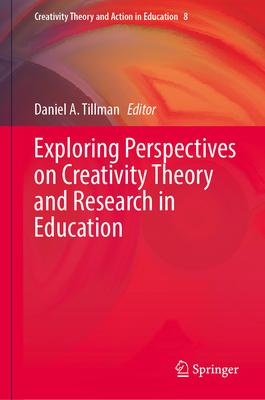 |
Exploring Perspectives on Creativity Theory and Research in Education 出版社:Springer 出版日期:2024-04-17 語言:英文 規格:精裝 / 23.5 x 15.49 cm / 普通級/ 初版 |
| 圖書館借閱 |
| 國家圖書館 | 全國圖書書目資訊網 | 國立公共資訊圖書館 | 電子書服務平台 | MetaCat 跨館整合查詢 |
| 臺北市立圖書館 | 新北市立圖書館 | 基隆市公共圖書館 | 桃園市立圖書館 | 新竹縣公共圖書館 |
| 苗栗縣立圖書館 | 臺中市立圖書館 | 彰化縣公共圖書館 | 南投縣文化局 | 雲林縣公共圖書館 |
| 嘉義縣圖書館 | 臺南市立圖書館 | 高雄市立圖書館 | 屏東縣公共圖書館 | 宜蘭縣公共圖書館 |
| 花蓮縣文化局 | 臺東縣文化處 |
|
|
圖書介紹 - 資料來源:博客來 評分:
圖書名稱:Exploring Perspectives on Creativity Theory and Research in Education
內容簡介
作者簡介
Daniel A. Tillman is an Associate Professor in Educational Technology at The University of Texas at El Paso (UTEP). His current research and teaching focuses on the diffusion of technology innovations into K-12 education, and the use of Augmented Reality (AR) to support teaching and learning. Dr. Tillman received his doctoral degree in Instructional Technology from The University of Virginia (UVA) in 2012, and since then has taught both graduate and undergraduate courses on educational technology. Prior to completing UVA’s Ph.D. program, he directed and edited educational documentary movies for almost ten years.
|
